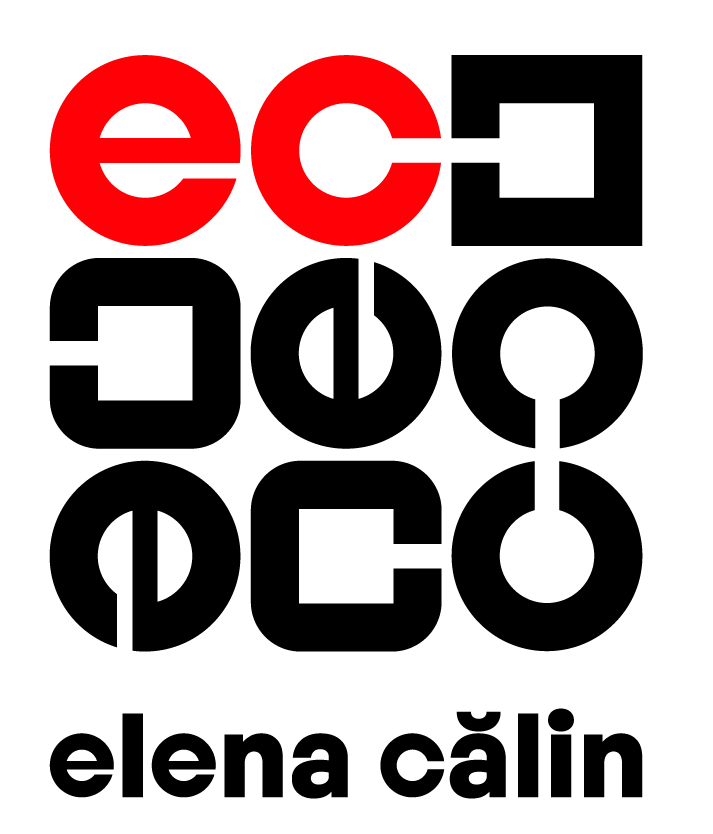Common Service Language
No two departments (or teams or individuals) have exactly same vision for Unbelievable service. Each group has a different understanding of the attention, resources, processes, and systems needed to improve customer experiences. This difference in perspective is exactly why the language we use to communicate about serving customers must be common and consistent. Building a common language starts by building a shared vocabulary that helps unify the attention and actions of teams across the customer journey.
In most companies, service language is determined more by a person’s function and less by the internal or external customers they serve. For example, operations managers may view service from a consistency, quality, and process point of view. They may use vocabulary like “defect rates,” “cycle times,” and “cost ratios.” Contrast this language with what sales people use: “customization,” “partnership,” or “building trust.” Each set of words is appropriate and has value to the customer and the organization, but how can those perspectives perform better from a single song book: the customer experience song book? Language is powerful. It is the key driver for new action and a vital connector for making a change or improvement in customer experience. At Uplifting Service, we start building this common language by defining service as “taking action to create value for someone else”. This definition holds true for everyone in an organization irrespective of their functions, departments, or titles. This common core definition focuses on the value the customer (or partner, or colleague) perceives, not the activities or steps we take to fulfill our segment of the process.
Next, we define every level of customer experience possible, and then rank where each team’s contribution to that experience stacks up. In our training, we define Six Levels of Service(TM), ranging from Criminal to Unbelievable. The words used are less important than educating people to adopt this point of view. When everyone on a team—and, ultimately across the organization—uses the same language to describe customer experience at any point of contact, you have the beginning of a strong cultural shift. Here are three practical steps you can take to create a common service language with your teams:
Review the language already being used. Are there words or jargon about customers and service that are frequently communicated? These could be phrases in scripts, service standards, job descriptions, or training manuals. The language could be internal slang words or acronyms unique to your team or organization. Does this language help your team appreciate the urgent need of a customer or celebrate a positive win in customer experience?
Identify which elements in your current language encourage continuous improvement in your team’s service culture. Choose words and phrases that focus on the customer experience—that is, words customers might use—not just words describing your own internal process. What words would you want to hear employees use to describe your service to their friends? What words will differentiate levels of service experience in a useful manner?
Embed this language in everything that affects customer experience from the perspective of your team. Think of processes, procedures, scripts, or activities that might need to be amended. Ensure leaders support and reinforce the language you’ve chosen as your fundamental and common service language.
Questions for leaders:
What service language do you use?
How do you align your common service language with your process and systems?

